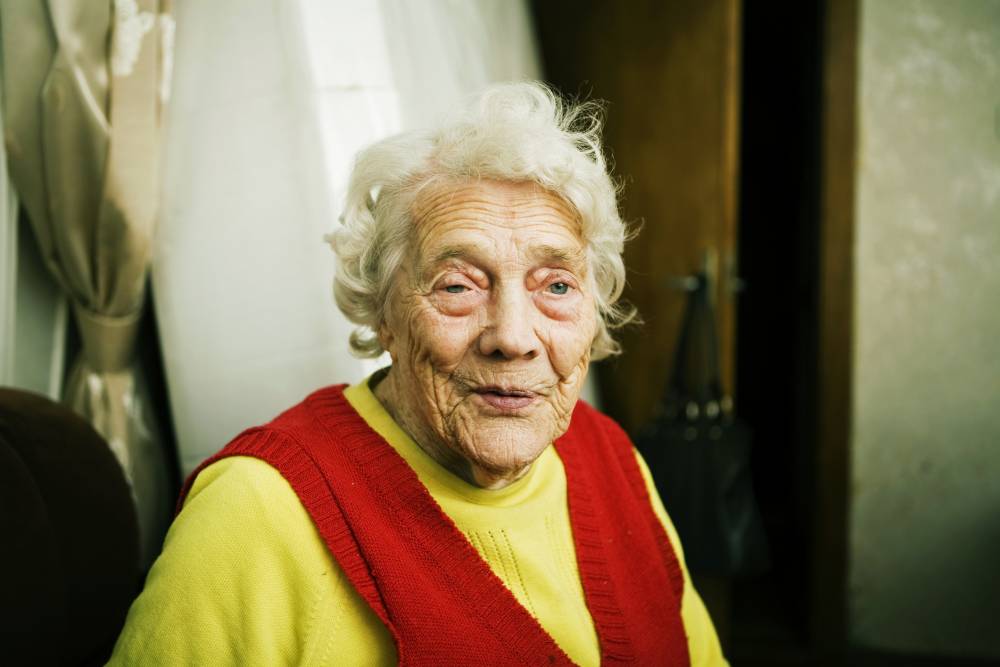
The Federal Government has used its Mid-Year Economic and Fiscal Outlook to announce an extra half a billion dollars ($552.9 million) in funding for the aged care sector.
“Older Australians have built our country and they deserve our respect and support for the choices they want to make,” the Prime Minister Scott Morrison said.
An extra $287 million will go towards creating another 10,000 high-level homecare packages, which will be available from early 2019. The funding will go towards creating another 5,000 level three and 5,000 level four packages.
“We know many older Australians want to stay in their own home and this package delivers just that support and high-level care at home.” he said, adding the packages provide funding for services such as doctors, nurses, complex, nutrition, meal support and help with mobility,” Mr Morrison said.
The government is also directing more funds to aged care operators in regional and remote areas, where higher costs put ongoing pressure on profitability.
The government’s Viability Supplement for residential aged care providers will increase by 30 per cent, or in total an extra $101.9 million.
“These providers face unique circumstances and cost pressures and we want to ensure their sustainability,” a statement from the Prime Minister said.
Elderly people who are homeless will also be targeted with a $9.3 million increase in funding, or a rise of 30 per cent.
“Currently, 42 residential services receive the homeless supplement on behalf of more than 1,700 residents,” the statement said.
The government will also increase payments to GPs who attend residential aged care homes to treat patients, with a $98 million package.
“This recognises the important role of GPs in supporting the health and care of patients in residential aged care
Matthew Richter, CEO of the Aged Care Guild, told HelloCare he welcomed the announcement. However, he said there will be little benefit to the majority of aged care residents.
“It appears the government continues to apply band-aids to problems, leaving the core issues facing the aged care sector unaddressed,” he said.
Mr Richter said there are more than 216,000 residents in residential aged care and in flexible care.
“While the Aged Care Guild welcomes the funding increase to the viability supplement (13,500 residents) and the homelessness supplement (1,500 residents), we have to ask, what about the other 200,000 senior Australians currently living in residential aged care who do not benefit directly from this announcement?” he said.
The Australian Nursing and Midwifery Federation says the funding increase will have “minimal impact” on the quality of aged care services in Australia because aged care facilities are experiencing “chronic understaffing”.
ANMF Federal secretary, Annie Butler, said, “Unfortunately for vulnerable nursing home residents and their families, the Government refuses to address, or quite frankly even acknowledge, the urgent need for mandated minimum staffing levels in all nursing homes, which would ensure best practice care.
“The ANMF is increasingly dismayed that despite an ongoing and growing body of evidence demonstrating the terrible consequences of chronic and critical understaffing in aged care and how this crisis can be fixed, the Government continues to ignore nurses and carers and the concerns of key experts in the sector.
“On the weekend, the ANMF was joined by key medical groups and experts, including the Chair of the 2018 Aged Care Workforce Strategy Taskforce, Professor John Pollaers, who called on the Prime Minister to ensure safe care for all elderly Australians by legislating minimum staffing ratios in aged care. We also released evidence demonstrating that aged care ratios make economic sense.”
Ms Butler said the funding increase “is long-overdue, too little, too late. And it will do very little for nursing home residents who aren’t getting the care they need and deserve this Christmas.”
Pat Sparrow, CEO of Aged & Community Services Australia, the peak body for Australia’s not-for-profit aged care providers, supported the spending package, but said it won’t solve all the industry’s problems.
“The commitments announced today are welcome recognition by the Government of the difficult realities for many older Australians without the care services they need,” she said.
“It also acknowledges the financial realities of rural providers, and those caring for homeless older people, struggling to maintain vital aged care services in the face of worsening financial conditions,” Ms Sparrow said.
Ms Sparrow said ACSA has consistently outlined to the government “the stark financial realities” of many aged care providers, especially those in regional and remote regions and those who care for the homeless.
“Today’s announcement won’t address all of the issues but it is a much needed start,” said Ms Sparrow.
Sean Rooney, CEO of Leading Age Services Australia, the national peak body for age services, says the MYEFO announcement is “a step in the right direction for aged care but more support for older Australians and the age services industry is urgently needed”.
He said both the funding boost and strong aged care statements from the Labor Party on the weekend at its national conference show aged care is an issue of “national importance” and will likely be a key issue in the upcoming federal election.
“The funding to bring forward the release of extra home care places is welcome, but much more will be needed to assist the 126,732 older Australians currently on the home care waiting list,” Mr Rooney said.
The funding boost for the homeless and regional residential aged care facilities is also “helpful”, Mr Rooney said, but industry sources say an increase of $675 million per year is needed to address the fact that almost half of all residential aged care providers are operating at a loss.
Mr Rooney said aged care funding has to reflect the true cost of providing care if it is to be successful.
“Providing levels of funding that reflect the increasing costs and growing demand for age services is the only way we can guarantee a sustainable age services industry that meets the growing and changing needs of older Australians in all types of care settings.”